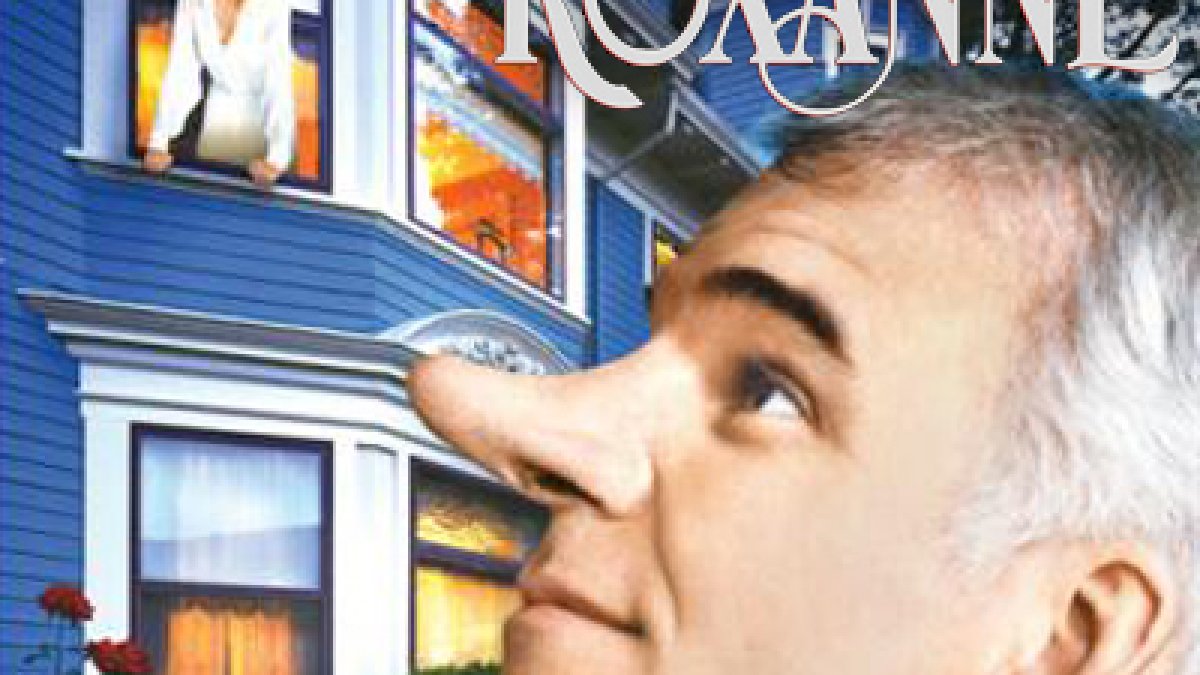Be yourself. Be polite. Don't talk too much about yourself. Ask them about themselves. Make eye contact. Smile. Laugh. Listen.
Fantasy football trading is a lot like a first date. It's a little awkward, you're uncertain how it will go, and compatibility is a big factor. You can also screw things up in an instant.
Lowballing someone for their best player is as effective as the yawn-arm-around-the-shoulder move. Offering an injured player is a big piece of spinach in your teeth. Telling your trade partner that only your worst players are available is like taking a date to McDonald's and asking them to order off of the dollar menu. Try any of these moves, and your trade talks and hopes for a second date are over.
Let me be your wingman, your Cyrano de Bergerac of fantasy trade negotiation. I've compiled 30 quick tips that cover every part of the process, including making your initial offer, reading your opponents' tells, and landing a monster deal. Like good dating advice, these action steps will create long-lasting relationships that you will benefit from for years to come.
–
- Entertain any offer, and respond to all offers quickly.
- Focus on building trust with every offer. Earn the top spot on everyone's call list when they want to initiate trade talks.
- Study people’s personalities and trading tendencies so that you can customize your offers and approach.
- Listen closely to what someone likes and dislikes about their team. Sometimes they’ll reveal a great deal and make you the beneficiary.
- During your auction draft, track who had the second-highest bid on the players you purchased. When you're ready to sell high on one of your players, you'll know who to call first.
- Use opponents' start/sit decisions as a trade barometer. When they bench someone that should be in their starting lineup, make a move.
- Walk in your trade partner’s shoes. Ask how you can improve their team.
- Learn from every trade offer you receive, even the terrible ones.
- Take your first impression seriously. Most negotiations don’t last beyond the initial offer.
- Offer players that are at least one tier above the players on the waiver wire. Otherwise, your opponent will pick up the free agents and reject your trade.
- Isolate the future value of a player without being biased by his past or current ownership.
- Discuss player value openly.
- It's hard to find a perfect value match in a one-for-one swap. Add another pair of players to tweak the value of a deal.
- Tread lightly if you poke at the shortcomings of your trade partner’s team. Stay away from opinions and just offer facts. Better yet, completely avoid saying negative things about their team. Let them reveal their weaknesses. Their perceptions may surprise you.
- If someone is taking the time to talk with you about a deal they've been working on with another manager, then it clearly isn’t good enough. Vulture the deal.
- Don’t include injured players in a trade. Offering an injured player is perceived as trying to “pull a fast one” on your trade partner.
- If you pursue an injured player, deconstruct his trade price into two parts, his value when healthy and his timetable for return.
- Others will land lopsided deals. Don’t flip out.
- Don’t take bad trade offers personally.
- Don’t veto trades. Vetoing is not a strategic way to prevent others from improving and should not be used to protect people from their own stupidity.
- Don’t agree to a trade in person or over email and then back out when it comes time to click the official accept button.
- Cancel offers before the involved players play in a game. Player value can change quickly. Don't invite someone to take advantage of you.
- To trade away your depth for a stud, you have to flood your trade partner's starting lineup with significant value and catch them at the right moment of desperation.
- Align yourself with a down-on-their-luck, never-say-die personality to land a blockbuster deal late in the season.
- Don't keep slumping players in your starting lineup just because you traded for them.
- Influence how your trades are perceived after they are completed to increase the frequency of future deals.
- Congratulate others on their successful trades with you. Do this in front of as many of your leaguemates as possible.
- Advertise your trade failures.
- Dismiss your trade successes as dumb luck.
- Remember that your trade reputation is still at stake during the offseason of a redraft league.
–
Conclusion
Individually, most of these tips don't have a direct first date counterpart, but as a whole, I hope they help you build a positive reputation and stronger relationships. Having those foundations in place will expedite future negotiations. When both managers benefit from a trade, you still get a leg up on everyone else in the league.
If you want to read more about my trade strategy philosophies, be sure to check out the four-part series that I wrote last offseason. It covers some of the topics in this article in greater depth and includes many more tips for mastering the art of the fantasy football trade.
I want to give a shout-out to Keith Fortier for inspiring the idea that fantasy trading is like a first date. May your trade acceptances be frequent and your enjoyable dates be plentiful.



 © 2024 PFF - all rights reserved.
© 2024 PFF - all rights reserved.